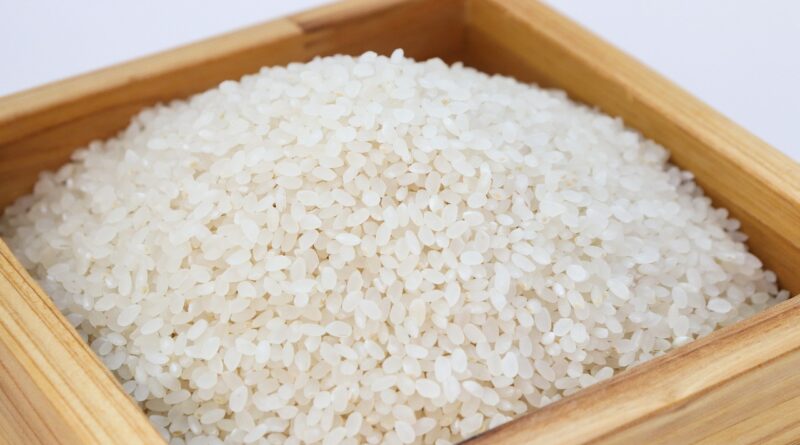Paddy crisis: Punjab rallies for relaxed moisture, discolouration norms
While heavy rains and floods have already derailed the state govt’s plan to start paddy procurement a fortnight early to manage high moisture content, farmers are anxiously waiting for the Centre to relax the fair average quality (FAQ) specifications for high moisture and discoloured grains to prevent them from incurring further financial losses.
The secretary of the food and supplies department will hold a meeting with deputy commissioners on Oct 10 to review initial procurement data and gather their inputs. Officials state the impact of the ongoing rainfall will also be factored into this assessment. Following the meeting, the state govt will write to the Centre requesting relaxations in the norms. “After a formal request is made, a central team will visit the state to assess the ground situation. We expect a relief announcement to follow that,” an official said.
Earlier, a press statement after chief minister Bhagwant Mann’s meeting with Union home minister Amit Shah on Sept 30 said that as part of flood relief, Mann sought relaxation in the specifications of paddy for procurement during KMS 2025-26.
Punjab Arhtiyas Association president RS Cheema appealed to the Centre for relaxed procurement norms, citing the disaster caused by floods and recent rainfall. The rains struck the ripe paddy crop, leading to discolouration and preventing farmers from reaching the required moisture content. Given the tight schedule for planting the subsequent wheat crop, Cheema urged the Centre to increase the permissible moisture levels. He noted that farmers are currently holding off on harvesting due to rain predictions, but he anticipated a surge in arrivals shortly.
This season, the paddy procurement season was advanced from the traditional Oct 1 to Sept 15 to ensure the harvested paddy is brought to the mandis earlier, preventing farmers from facing high moisture content issues due to colder Oct nights.
Rains rattled farmers like Kamaldeep Singh in Pathankot, who noted that the Kandi area’s paddy inherently carried high moisture. He acknowledged the state pre-poned the paddy harvesting season (starting with Amritsar) in response to farmers’ demands. However, he urged the govt to go further: “The permissible moisture content should be relaxed from the existing 17% to at least 20% in the interest of farmers. Otherwise, we will suffer major losses. Also, discoloration increases because the standing or harvested crop is exposed to prolonged water and humidity.”
According to Ranjit Singh Jossan, vice-president of the Punjab Rice Industry Association, devastating floods already struck paddy farmers. Moreover, heavy rains ruined the quality of salvaged crops, causing discolouration and increasing moisture content. He called on the Centre to “sympathetically consider the demand for relaxation of norms in wake of the unprecedented weather conditions in the state”.
The fair average quality (FAQ) specifications for paddy procurement in Punjab are set by the Government of India and are uniform for the central pool. The maximum moisture content limit is 17%. Within the 5.0% limit for damaged, discoloured, sprouted, and weevilled grains, the quantity of damaged, sprouted, and weevilled grains should not exceed 4%.
This article has been republished from The Times of India.

